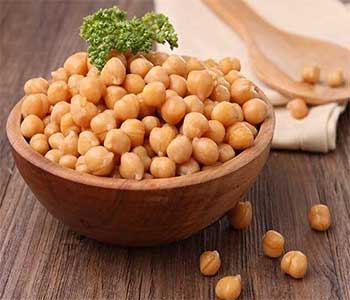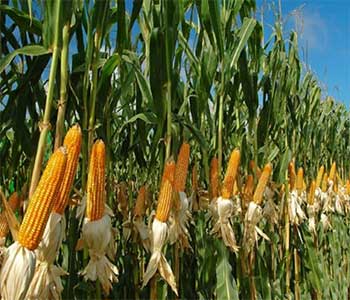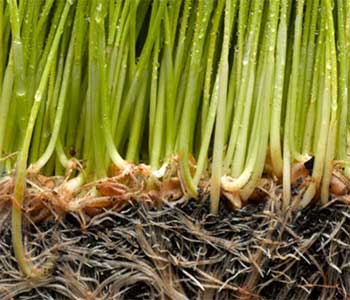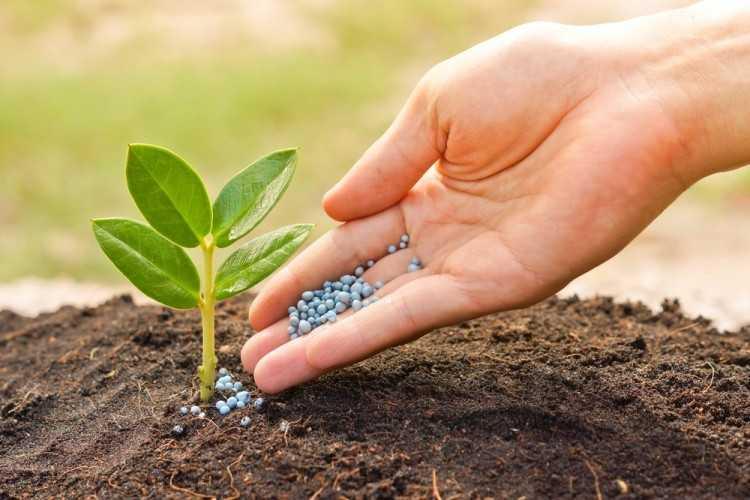Reducing the negative effects of drought stress in chickpeas with the use of humic acid and seaweed extract
This experiment was performed in three replications as a split plot in a randomized complete block design. The main factor is drought stress in four levels of complete irrigation (control), water cut in flowering stages, pod flowering and irrigation cut from flowering to harvest stage. The sub-factor was foliar spraying in three levels of distilled water (control), humic acid and seaweed extract and the sub-factor was related to Hashem, ILC482 and local Shahroud (Miami) cultivars. The results showed that the interaction effect of drought stress treatment in foliar application on number of pods per plant, 100-seed weight and harvest index was significant. Cultivars under irrigation treatments showed statistically significant differences in biological yield, economic yield and harvest index. Also, the use of foliar spraying with humic acid compounds and seaweed extract affected the number of pods per plant, number of seeds per plant and harvest index in different cultivars. Drought stress reduced grain yield by 13% in different cultivars of chickpea, but the use of humic acid as foliar application was able to reduce the negative effects of stress by 50% increase in the number of pods per plant and seeds per plant. The response of different cultivars to the use of natural materials was almost the same, but ILC482 cultivar was more efficient than the other two cultivars due to the higher number of pods and seeds per plant after the use of natural materials.
Production of crops under environmental stress (crop science) of Shahed University





